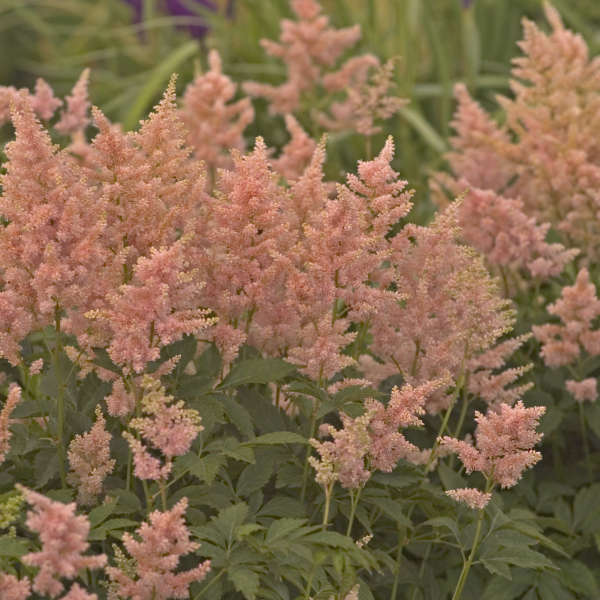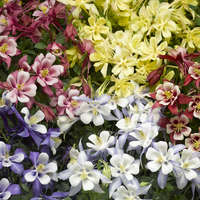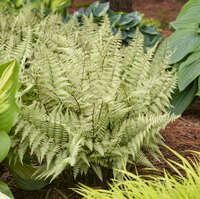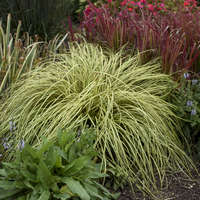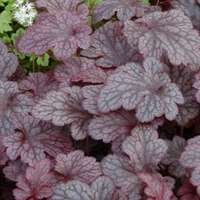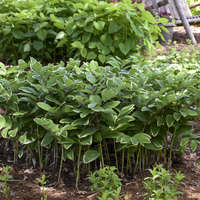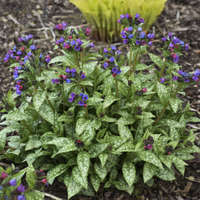Astilbe 'Peach Blossom'
Common Name: Japanese Astilbe
- Delicate peach flowers with a hint of pink
- Plumes are full and lend a frothy appearance to the clump
- Blooms in early summer
- Glossy, green foliage
A member of Astilbe japonica (Japanese Astilbe). A species characterized by an early bloom time and glossy green leaves often tinged with red. Flowers are produced in dense, pyramidal clusters.
Grade #1 Bare Root |
Grade #2 Bare Root |
